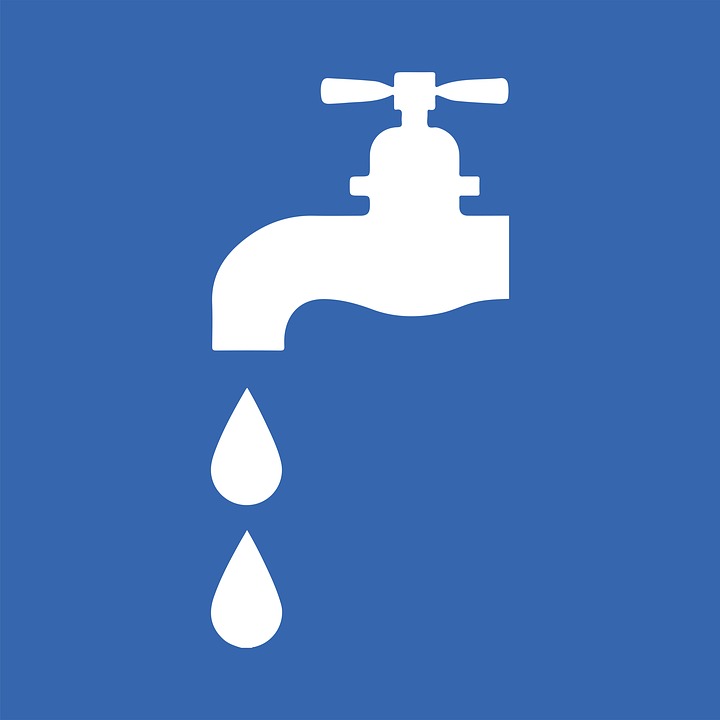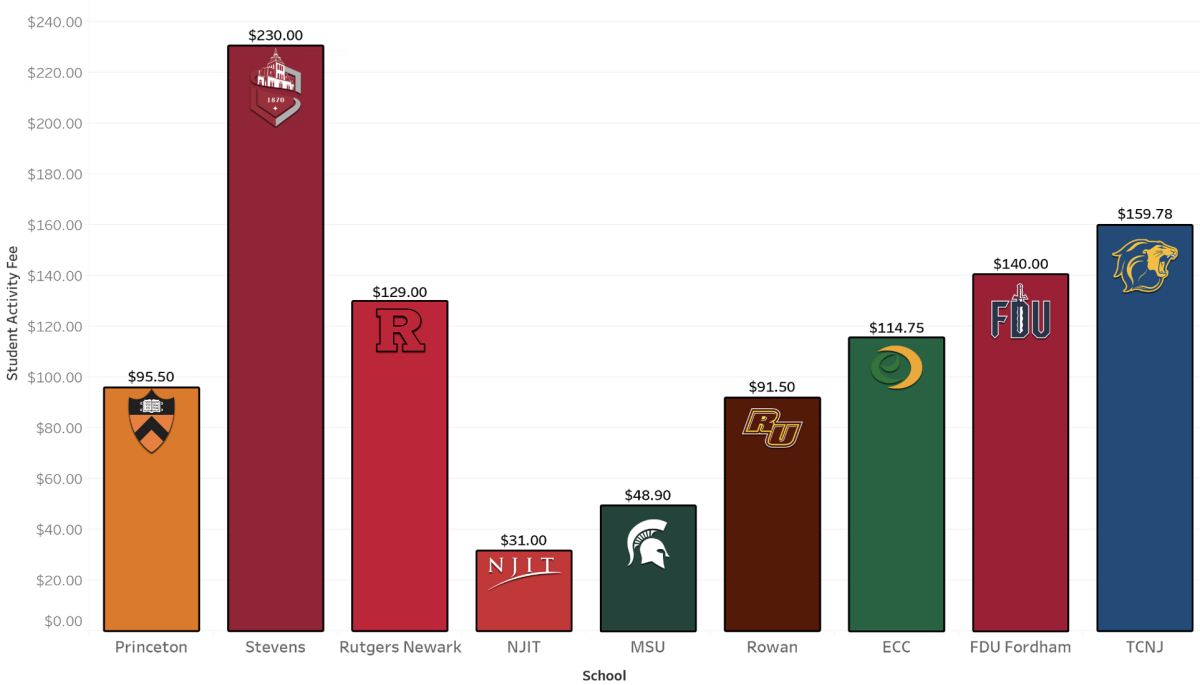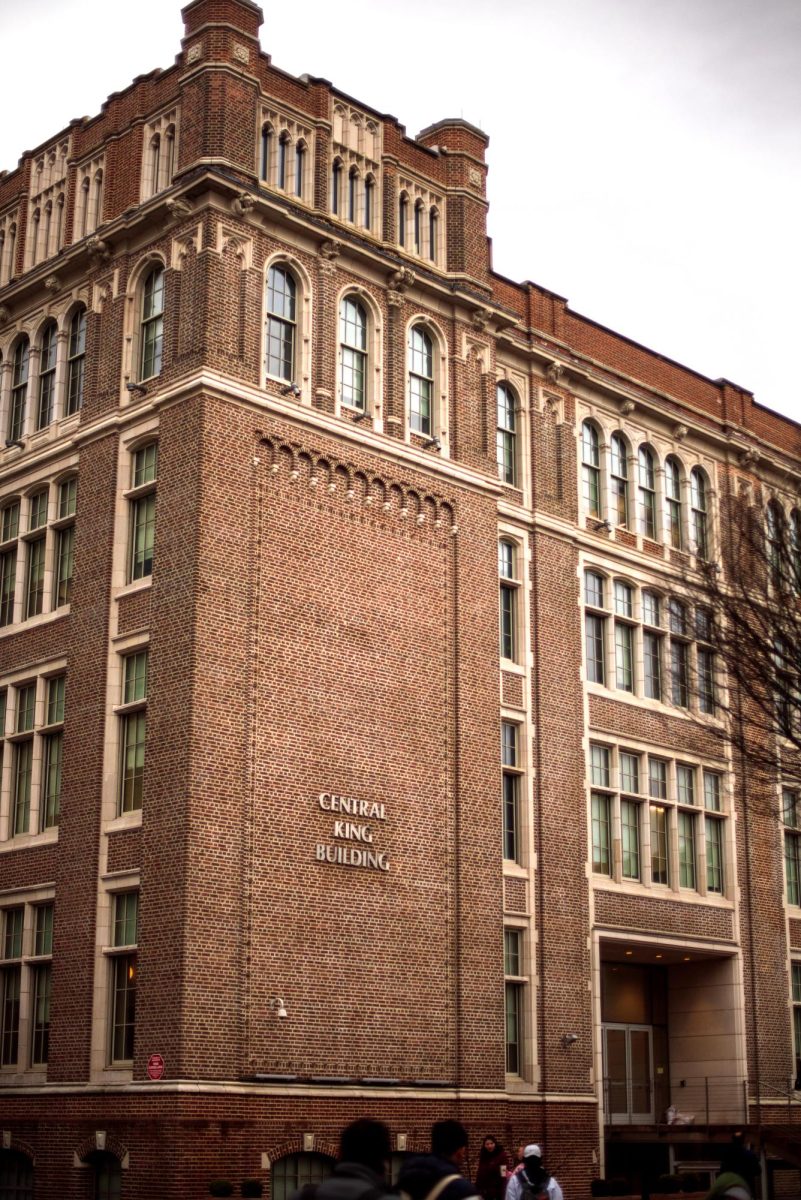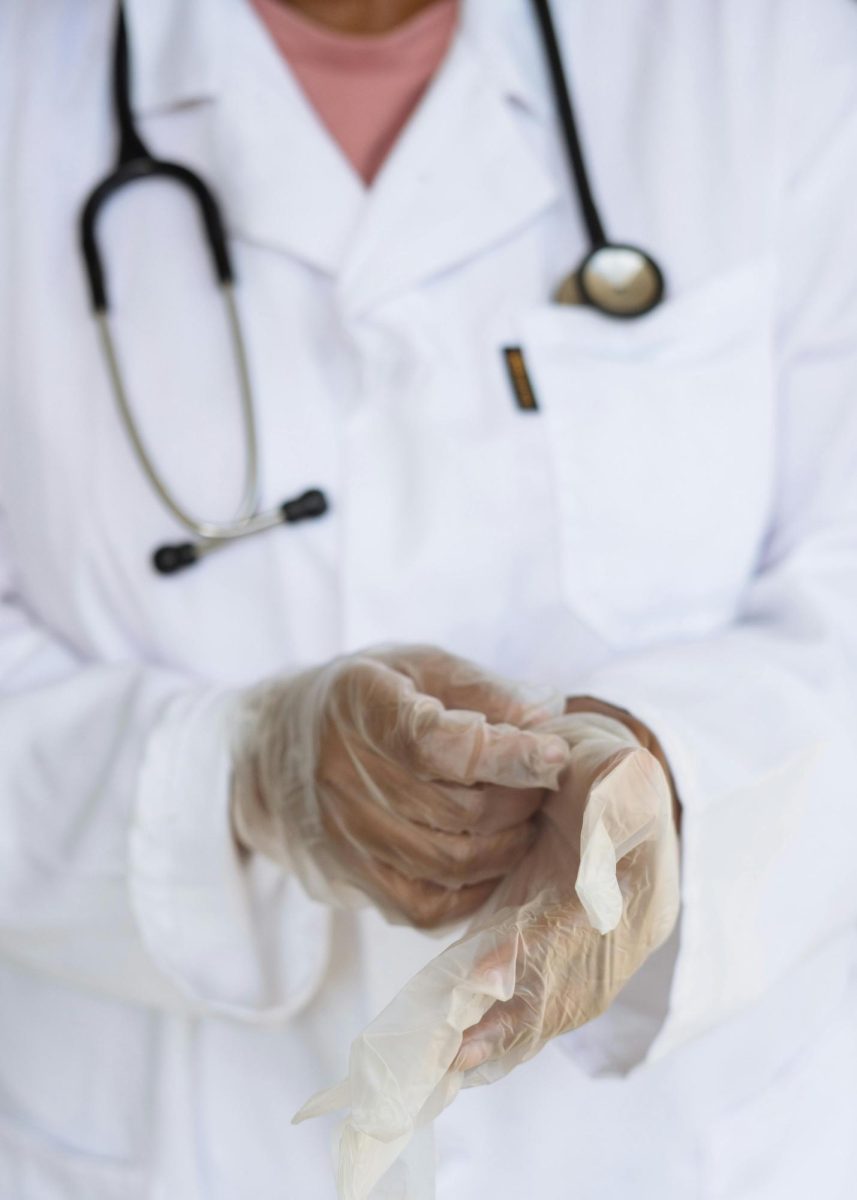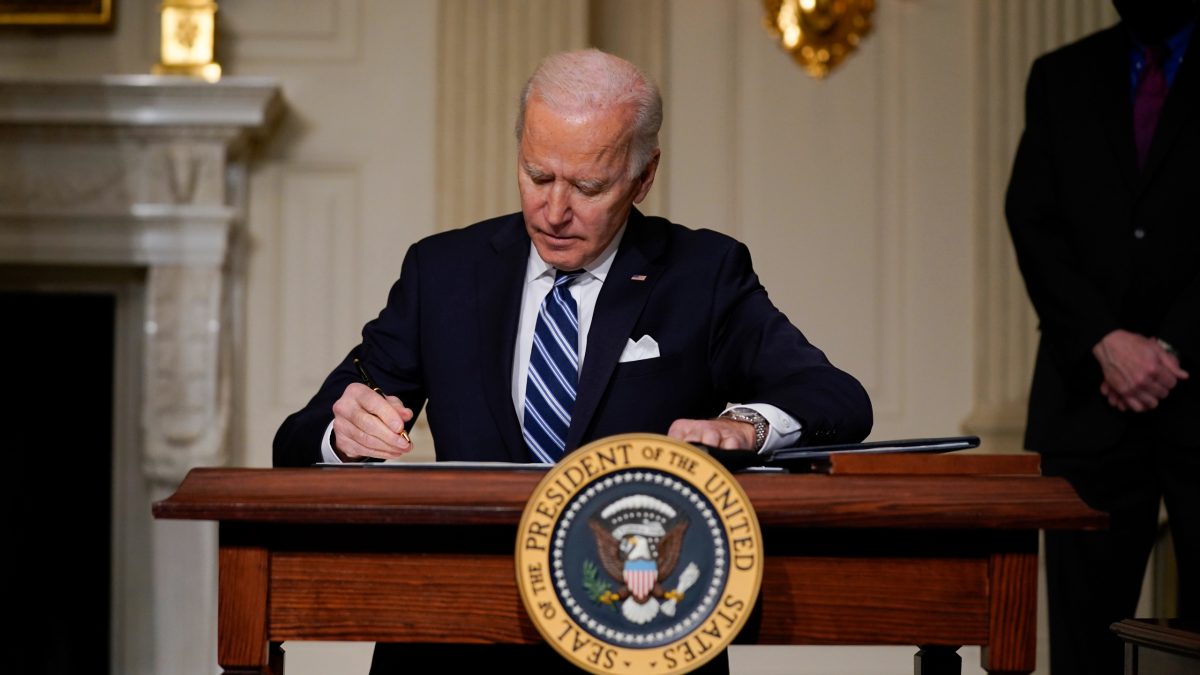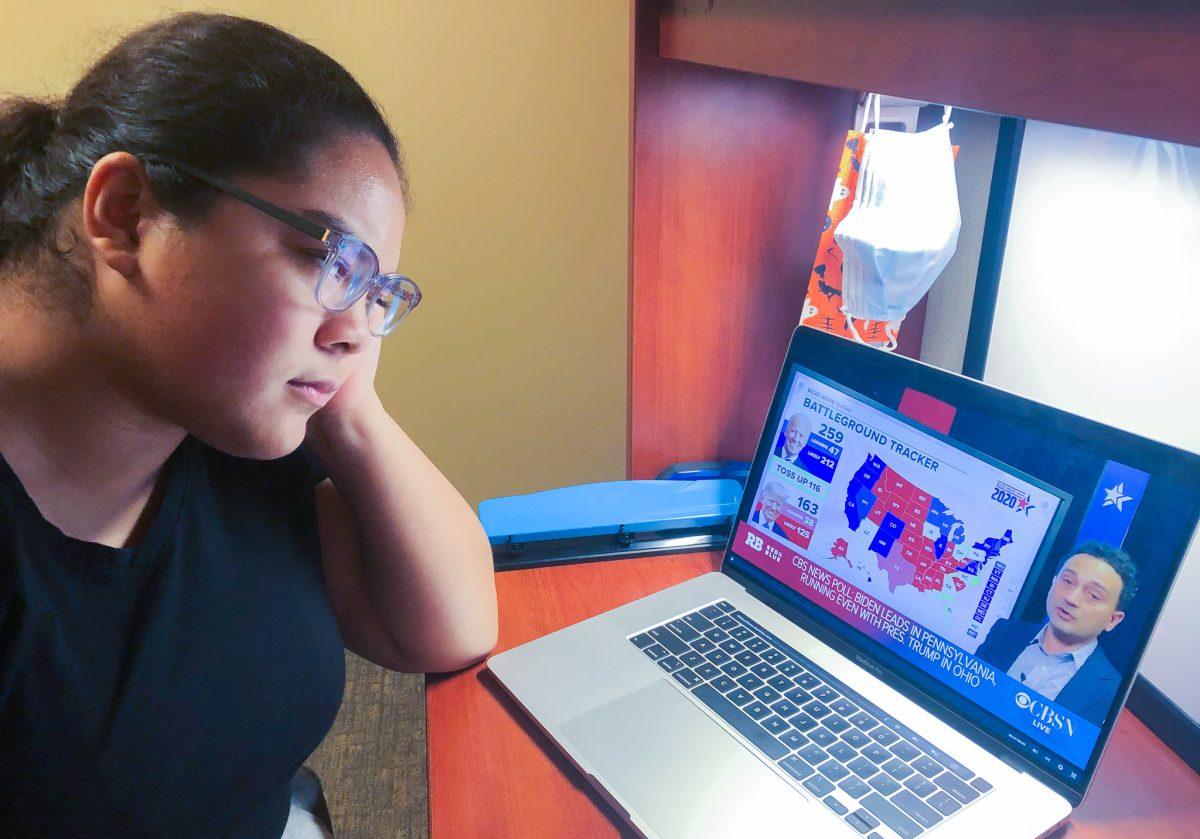Everything you need to know about the lead water crisis in Newark
- What is the city of Newark doing about the Lead Crisis?
The city expressed its deep concern with the contamination of its water pipelines, and is partnering with the EPA, the Governor’s Office and the New Jersey Department of Environmental Protection in an attempt to mitigate the crisis. Currently, the city and state are providing bottled water and water filters to those living in Newark neighborhoods that are confirmed to have contaminated water.
2. How much money is being allocated towards action plans?
In late August, Governor Phil Murphy and Newark Mayor Ras Baraka announced that the city is receiving a loan of $120 million to replace 18,000 old pipes. This high-cost plan is estimated to replace all of Newark’s pipelines in 24-30 months, rather than the once-expected decade.
3. What areas are affected?
It is confirmed that areas that get supplied water from the Pequannock water plant have contaminated water. The areas concerned are the South, Central and West Wards. Reports have also stated that Bloomfield, Belleville, and all of Pequannock Township are at risk too.
4. How does the city test its drinking water for lead?
Newark has been relying on the state’s Department of Environmental Protection as well as the Environmental Protection Agency (EPA) to test the city’s tap water. This followed suit of the news this past August that houses still tested positive for lead, despite the utilization of water filters that were distributed by Newark last year.
5. How does lead get into homes?
Lead can enter buildings through old lead service lines of the plumbing system, or through copper pipes made before the 1987 lead ban. Water plants add anti-corrosion chemicals to the water supply so that a protective seal can prevent the lead from entering. However, lead can leak into the water, and enter facility faucets if such chemicals are no longer active.
6. What is the designated action level for lead?
An action level is a rate that propels the EPA to call for a certain facility (or in this case, a city) to adopt measures in an attempt to alleviate the situation. The EPA’s designated action level is 15 parts per billion.
7. Where is the bottled water being distributed?
The bottled water is currently only being distributed to areas supplied by the Pequannock water plant. As of this past August, a federal judge ruled that bottled water distribution cannot be expanded towards neighborhoods that receive water from the Wanaque water plant. The Wanaque water plant supplies water to the East Ward and some parts of the North and South Wards.
























